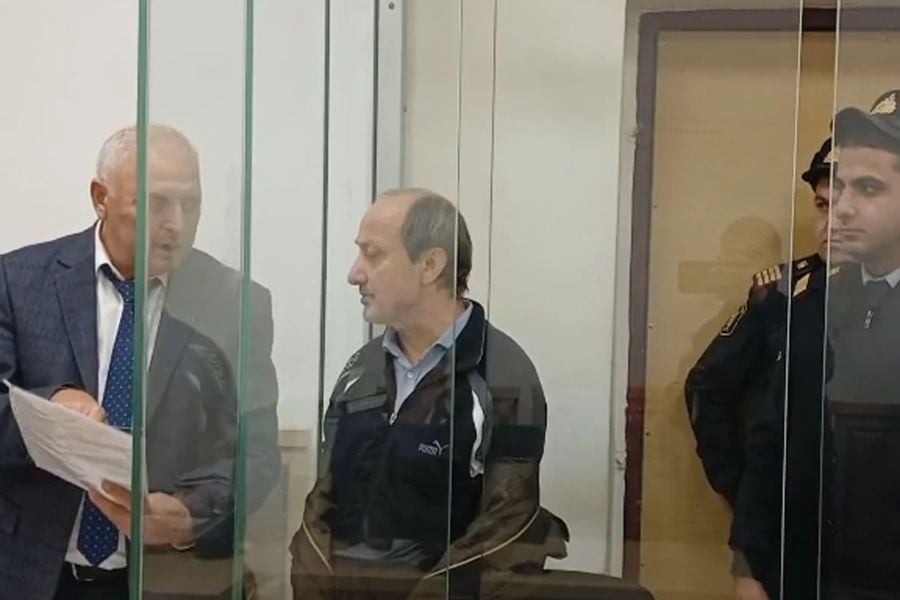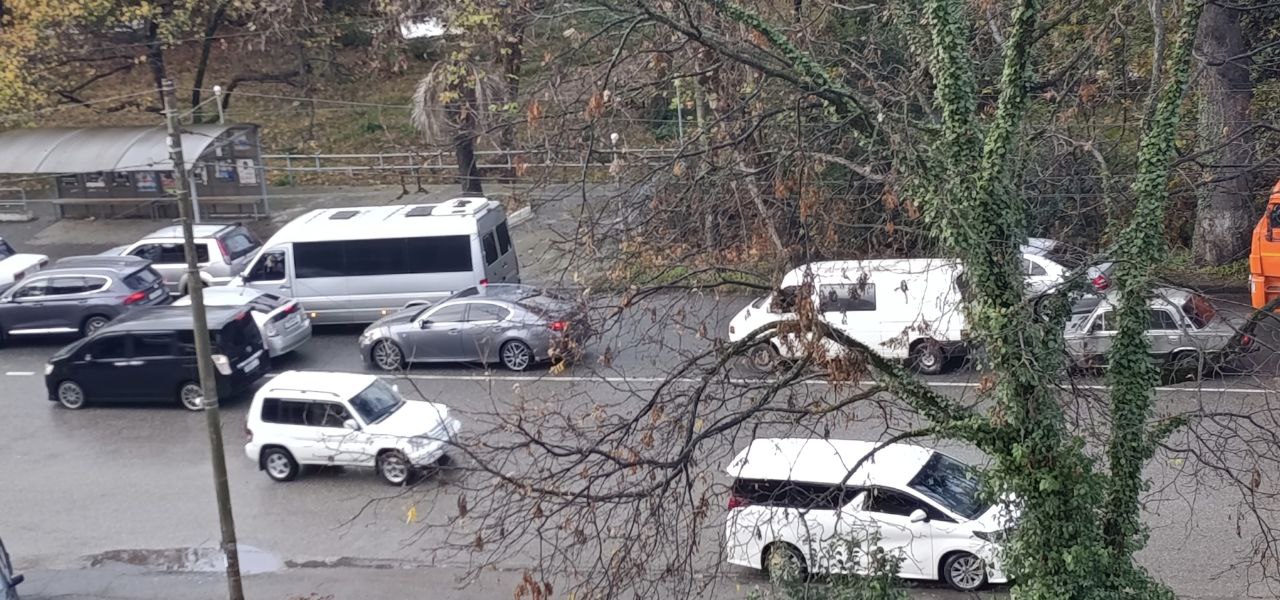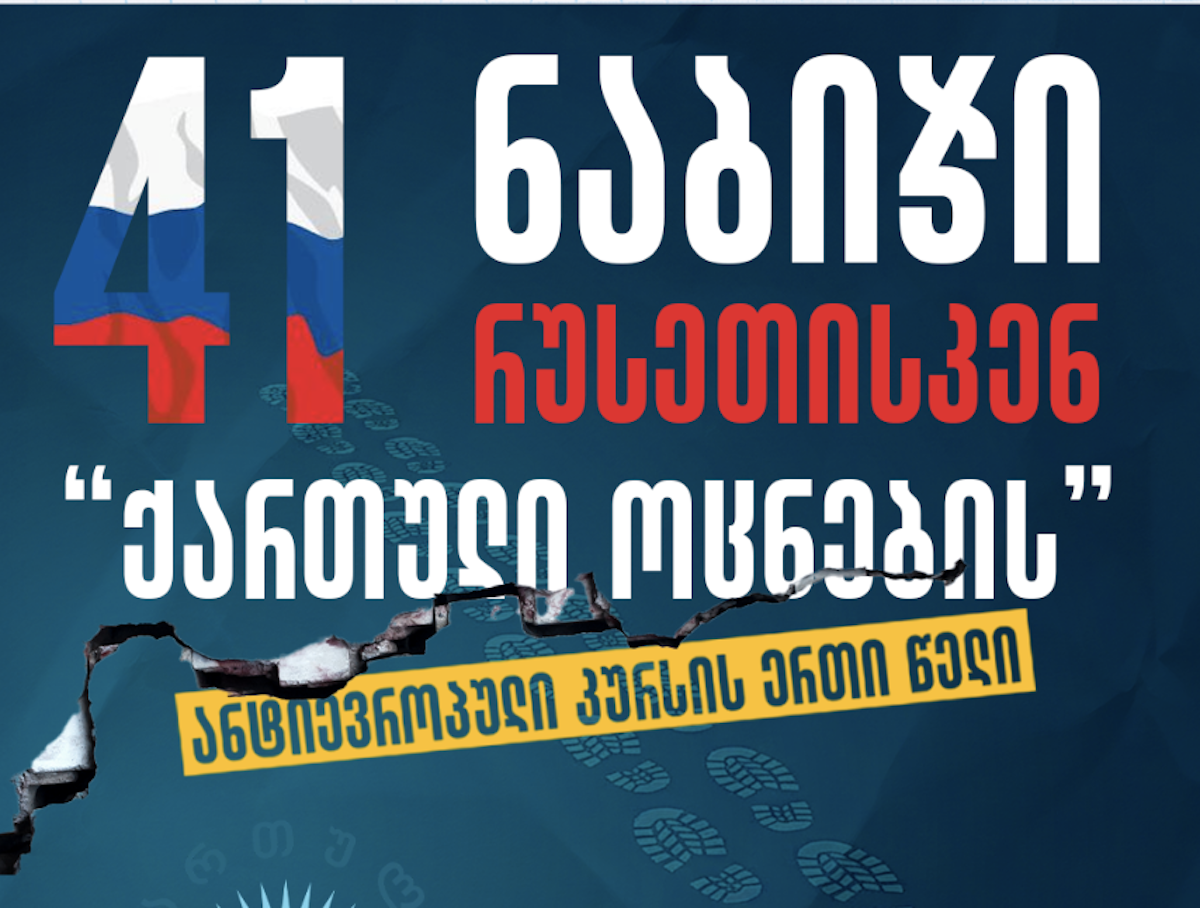5 benefits and 5 limitations of the education system reform in Armenia
More than ten years after Armenia started to overhaul its education system, the reform remains a subject of controversy.
Benefits
Lessons more dynamic now
The reform has made the teaching/learning process ‘interactive’. This means the didactic lesson delivery scheme where the teacher explains new material to students, expecting them only to listen, repeat and memorize the content has been dismissed as outdated, and a new system has been put in place, one in which the teacher makes sure the students are actively engaged in class, builds the lessons on what the students already know, stimulating them to explore and discover.
The students now learn to apply in a practical way whatever knowledge they gain, as they work in groups and go through practical assignments in their new, interactive, notebooks.
Students’ individuality appreciated
There’s one thing about the reform that completely blows the minds of those who know a thing or two about the inner workings of a soviet-time school: it is the student, not the teacher, who is at the centre of the education process now. The reform has put the students on par with the teacher, which means they can always disagree with him/her and argue their own point of view.
The teacher used to start explaining new material without waiting for lagging students to catch up. Now each student must be tended to and worked with individually, even after school if necessary. Which is, truth be told, not an easy thing to do for urban schools that have 20-25 students in a class. It’s been less of a strain for rural schools where 10-15 pupils are the largest size a class can get.
Better technical capacity
All schools in Armenia have come to embrace the Internet since 2005, and the number of computers per school has increased, making the education process more efficient, and allowing the teachers to keep abreast of new advances in their respective fields of expertise. Also, new manuals for teachers have been published.
Greater freedom of choice
It is now up to the teachers to decide which textbooks to use. And the choice they can tap into is really great: there are 4-5 textbooks for any given discipline. The education ministry doesn’t interfere with the discretion of the teachers.
A more objective grading scale
Today, schools in Armenia rate student performance using a 10-point scale [as opposed to the 5-point grading scale still used in much of the post-soviet space]. It is deemed to allow for a more nuanced and fairer assessment of the students’ achievement levels.
Limitations
Senior students favoured over others
As a result of the reform, school education has been divided into two levels – basic (first through eighth grades) and senior (9-12 grades). Many complain about what they say is a heavy bias towards the seniors. They say the state budget spends more on senior school, be it salaries to teaching staff or repairs of classrooms.
Psychological challenge
After grade eight, students have to move to a new, senior-level school. This means new classmates and, sometimes, new school buildings, which can put psychological pressure on the students.
Poor groundwork
The reform marches on, but the ground it steps on is shaky. So, not all teachers have been taken through training to teach them how to apply the new methods. By far, not all schools have been furnished with everything they need to make their lessons interactive – for instance, some urban schools still lack video projectors and screens, whereas rural schools may not even have an atlas for their geography lessons (though, paradoxically, they do have Internet!)
Old school grudges
The innovations do not sit well with many teachers, especially those of the older generation, who’ve struggled to get used to the new entitlements enjoyed by their pupils who are now allowed to speak their minds, assert their rights and make claims. Also, they say the new curriculum is unlearnable. The architects of the reform contend the program is student-friendly and quite easy to internalize, compared to what schools had to use before.
Increased internal migration
Internal migration levels have soared since the reform started being enforced, as an increasing number of people decide to move from the country to towns.
The reason behind this is: in the pre-reform era when there was no division of school into levels and, hence, no need for kids to change schools, they’d go to one school until they graduated from it and only left their home villages and moved to town when the time came for them to enter university; now, it being necessary to move to a new school after grade eight, many families decide it might as well be a school in town, and, their kids still not old enough to live in town on their own, the families move together with the kids.
And so the reform has contributed to a depopulation of Armenian villages.
Sources: National education institute, teachers of basic levels schools in Armenia



















